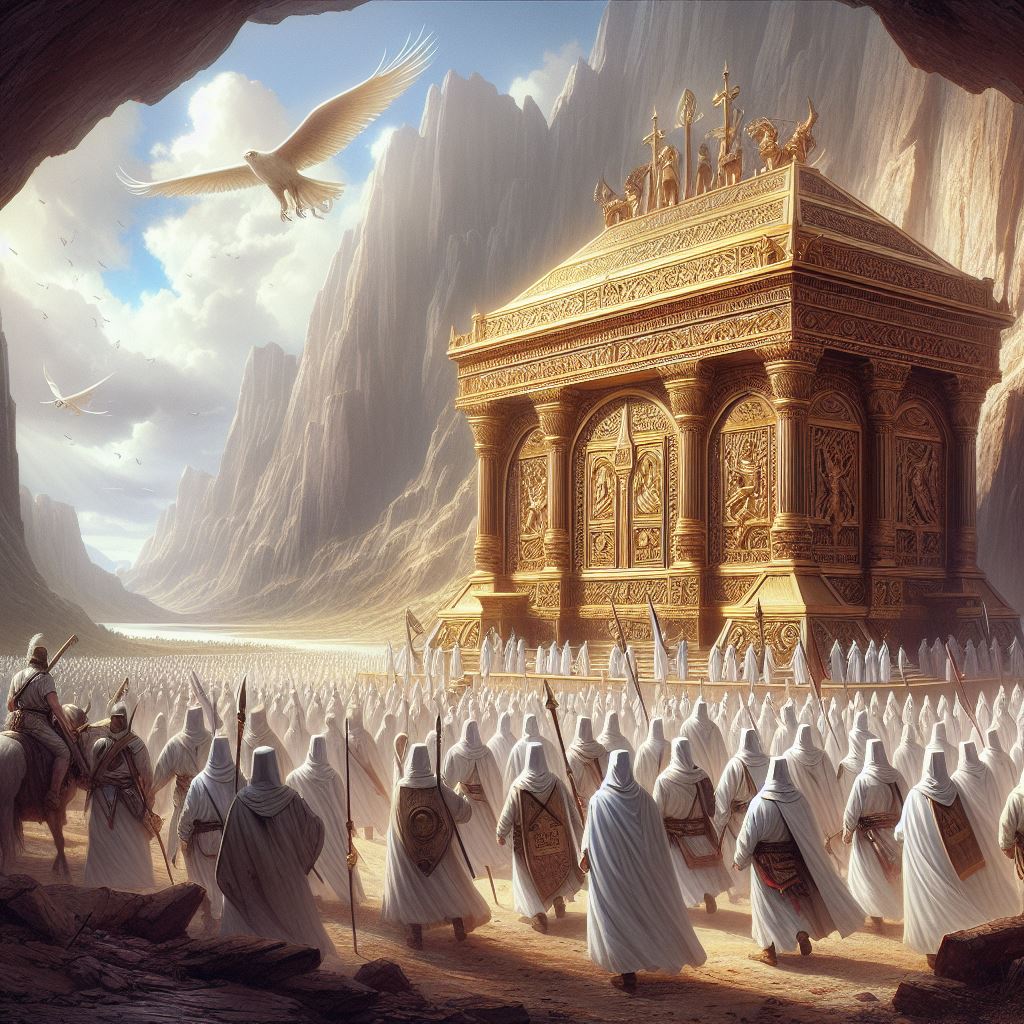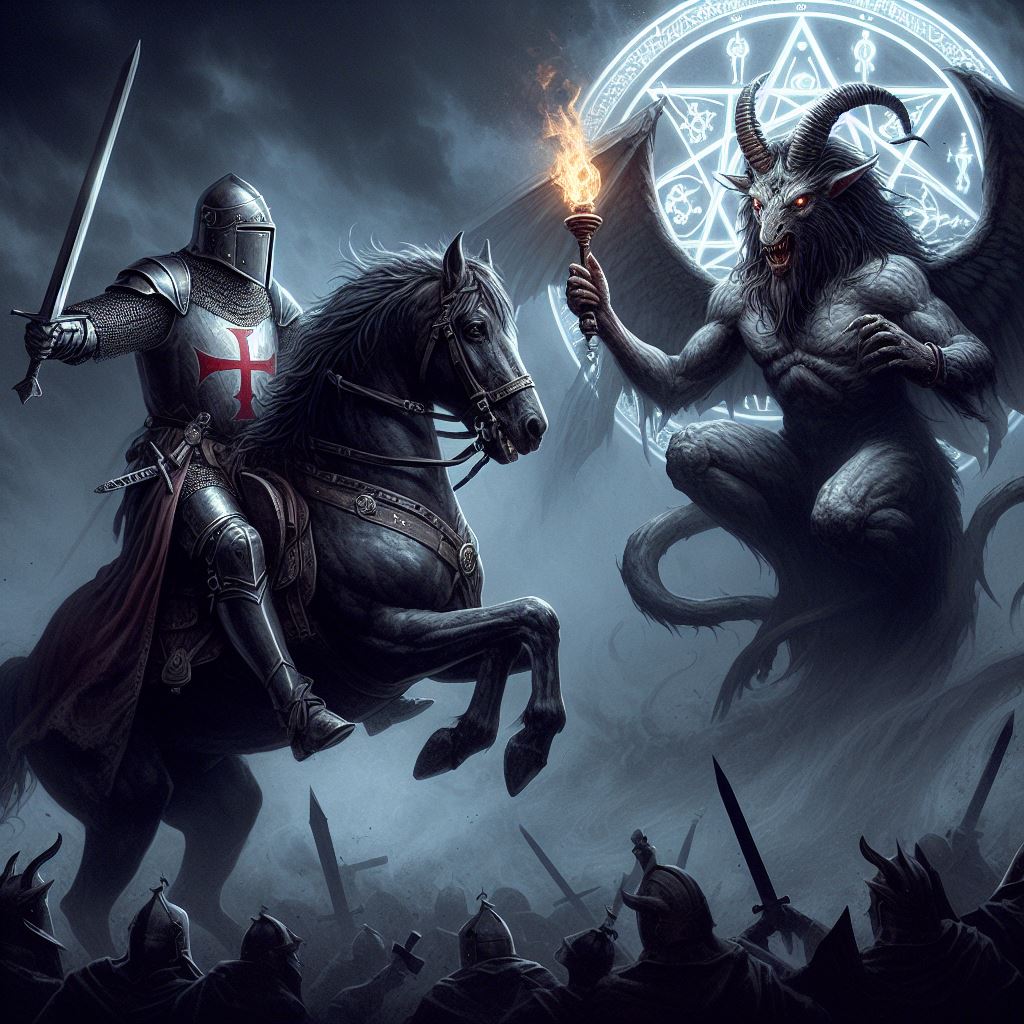
I must confess to having known little to nothing about Newark Castle (image above courtesy of David Ingham) in Nottinghamshire until the announcement this month that it will be hosting an exhibition on the Knights Templar.
Newark Castle, the Templars and King John
It turns out that Newark Castle was the place where “bad” King John died of dysentery in the year 1216. That was a mere few months after he signed Magna Carta – his big constitutional concession to the English barons. It granted them liberties against kingly interference.
The English master of the Knights Templar was present at the signing of Magna Carta and the king stayed at the Templar HQ the night before the big day. The barons rewarded John for his gracious signing by siding with the King of France when he invaded with a large force a year later.
It was in the tower on the left of the photo above that John died at Newark Castle in appalling agony as he fled the French forces. He wasn’t missed. The contemporary chronicler Matthew Paris wrote: “Foul as it is, Hell itself is made fouler by the presence of John”. Nice. Paris also wrote about the Knights Templar and he is one of our main sources from the period.
Why is Newark Castle hosting an exhibition on the Knights Templar?
Well, several knights were imprisoned down below in the dungeons of the castle after the order was crushed by order of Pope Clement. The English dragged their feet initially in suppressing the Templars but then got on with the job. The poor knights were rounded up, locked away and tortured to confess to various trumped up charges. It’s very dark in the dungeons but you can make out some evidence of Templar prisoners.

The imprisoned Templars scrawled religious symbols on the walls – something they seemed to have done wherever they were imprisoned. For example, Gisors in France.
The dungeons were incredibly grim and disease ridden. Many of those incarcerated would have survived a matter of days and death might have been a sweet release. Food was basic and disgusting while the only drink would have been ale brewed in the castle. That at least might have eased your suffering.
Like many Norman castles, it started out as a wooden construction commissioned by Alexander, Bishop of Lincoln. Later on, a stone fortress replaced the wood. As happened to quite a few medieval castles, it was partially demolished after the English Civil War in the 17th century to stop royalists threatening the newly founded republic of Oliver Cromwell.












